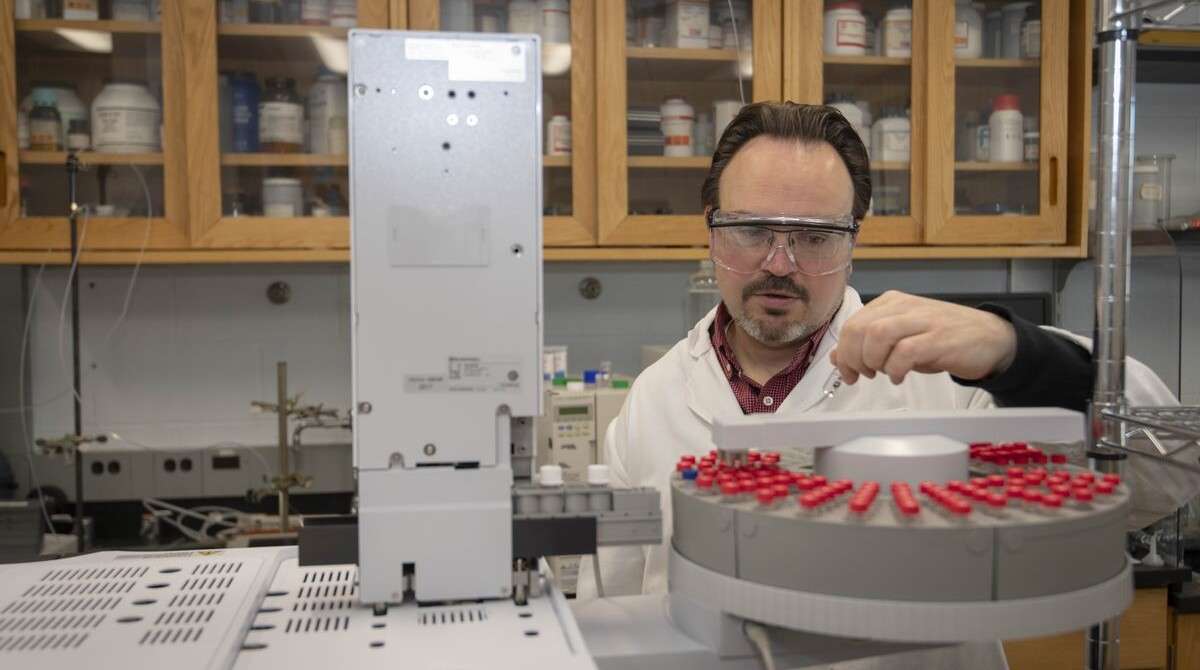Scientists Are 3D-Printing Stem Cells that Can Be Implanted as Brain Tissue
In experiments, the implanted cells integrated into the animals' brains both structurally and functionally.

Chemical engineers are pioneering a process to equip diesel ships with the onboard capacity to turn collected plastic garbage into fuel.
The result has been dubbed "blue diesel" and would save time, money, and emissions in both the trips necessary for ocean-cleaning vessels to reach the mainland to offload and in running fuel use.
Millions of tons of plastic enter the oceans every year and tend to accumulate in the ocean "gyres"-specific zones where several currents meet, but which can still be thousands of square miles.
Even though the ocean does the work of rounding up the trash for cleanup organizations like The Ocean Cleanup to then collect, it still requires a lot of time to sail back and forth from these gyres to offload plastic on land and to refuel.
Professor Nikolaos Kazantzis and Michael Timko at the Worcester Polytechnic Institute in Massachusetts took a lot of inspiration and perseverance in their work of developing blue diesel from the fact that the chemical bonds of plastic and those of fossil fuels are essentially the same.
"Our research team is modeling a specialized reactor that converts harvested waste plastic using an innovative chemical process called hydrothermal liquefaction (HTL)," Kazantzis told Cambridge press last year. "This compresses the plastic at high temperature and high pressure into "blue diesel" (the name emphasizes its marine origins)."
Their work was funded by a two-year, $259k grant from the National Science Foundation's (NSF) 2026 Idea Machine competition.
Team member and fifth-year Ph.D. candidate Elizabeth Belden said that the technology would also be exceptionally useful on rivers, since they would require less fuel to navigate on, and since the overwhelming majority of plastic in the ocean enters it via major river systems.
They modeled the economics of the project based on existing datasets of the Great Pacific Garbage Patch in the Pacific Ocean, one that's already being cleaned by several groups using large ship-mounted booms and nets.
"The project is still in the early stages," Nikolaos says, "but it appears that economically, the HTL system is a modest additional cost relative to the clean-up vessel and boom system."
"The next challenge will be to creatively structure the portfolio of the public policy responses of collecting and removing waste plastic - including the impact on marine and human health. We will have to have reliable rigorous scientific responses to inform and incentivize."
WATCH the story from NBC News 10 Boston…
SHARE This Radical Idea Of A Plastic Powered Plastic Clean-Up…
Be the first to comment